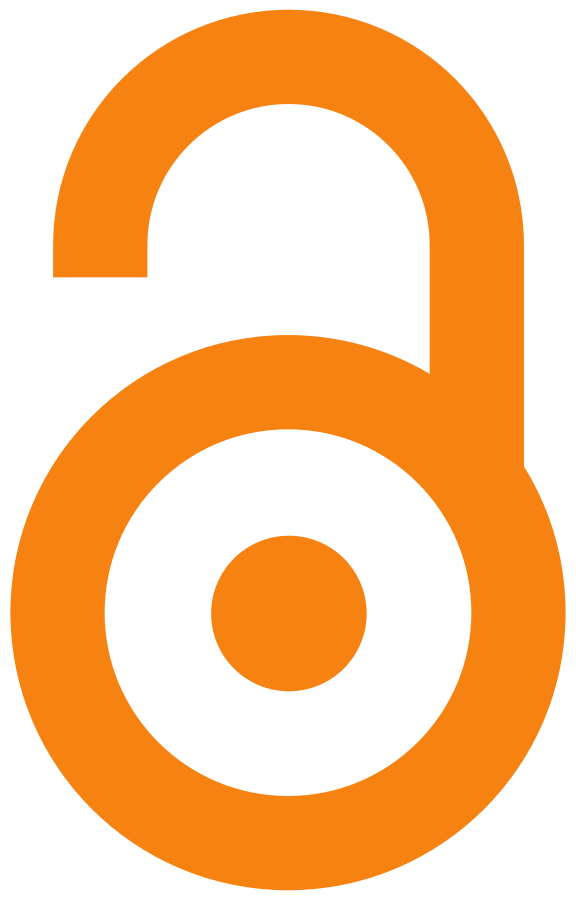 Articles
| Open Access |
https://doi.org/10.55640/gmj/Volume03Issue12-02
Articles
| Open Access |
https://doi.org/10.55640/gmj/Volume03Issue12-02
THE FIRST DECADE OF DEMOCRACY IN NEPAL: CHALLENGES, EXPERIMENTS, AND LESSONS LEARNED
Dr.Dhaka Ram Sapkota , Lecturer, Ratna Rajyalaxmi Campus, Tribhuvan University, Kathmandu, Nepal Dr. Dol Raj Kafle , Associate Professor, Central Department of History, Tribhuvan University, NepalAbstract
The abolition of the oligarchic Rana regime in 1951 marked a significant turning point in Nepal's history, ushering in a decade of democratic experimentation. This study examines the socio-political developments during Nepal’s first democratic decade (1951–1960), focusing on the challenges, governance issues, and internal dynamics that defined this transformative period. The research explores key events, such as the revolutionary movement against the Rana regime, the Delhi Agreement, and the establishment of democracy by King Tribhuvan. Employing a qualitative research approach, the study utilizes descriptive and analytical methods, relying on secondary data sourced from historical archives, libraries, and personal collections. Analysis reveals that the lack of governance experience among political leaders and internal conflicts within the leading political party of the time undermined the stability and effectiveness of the nascent democratic system. Despite aspirations for progress, the democratic experiment faced significant setbacks, culminating in King Mahendra’s coup and the establishment of the partyless Panchayat system. By critically evaluating the successes and failures of Nepal’s first democratic decade, this study provides insights into the complexities of transitioning from autocracy to democracy and highlights the enduring lessons for Nepal’s political evolution.
Keywords
Rana Regime, Democratic Experiment, Nepali Congress, Delhi Agreement, King Tribhuvan
References
Adhikari, S. (2014). Nepalma prajatantrik aandolanko itihas [History of the democratic movement in Nepal]. Nirala Publication.
Basnet, P. (2019). Nepali Congressko itihasko prarup [Outline of the history of the Nepali Congress]. (Part One). Shikha Prakashan.
Bhandary, D. R. (1989). Nepalko udbhav tatha bikashko bisleshanatmak itihas [An analytical history of the emergence and development of Nepal]. Sajha Prakashan.
Dangol, S. B. (2006). Nepali rajnitima Darwar [Palace in Nepalese politics]. Lyayamha Pooch.
Devkota, G. B. (2001). Nepalko rajnitik darpan [Nepal's political mirror]. (part one). Dhruba Bahadur Devkota.
Gautam, B. N. (2020). Ganeshman Singh ra Nepalko prajatantric aandolan [Ganeshman Singh and democratic movement of Nepal]. Shikha Books.
Gautam, R. (1998). Nepalko prajatrantric aandolan ra Nepali Congress [Democratic movement of Nepal and Nepali Congress]. Shreeram Shrestha.
K.C., S. (2008). Nepalma Communist aandolanko itihas [The history of Communist movement in Nepal]. (part One). Vidarthi Pustak Bhandar.
Khanal, Y. N. (1960). Nepal after democratic restoration. Ratna Pustak Bhandar.
Manandhar, T. R. & Sharma, N. 91996). Aadhunik Nepalko rajnaitik itihas [Political history of modern Nepal]. Nepal Asiali Anusandhan Kendra.
Nepal government (2021). Nepal parichaya. (Introduction of Nepal). Government of Nepal, Ministry of Communications and Information Technology. Department of Information and Broadcasting.
Nepali, C. R. (1989). Pariwarik sadyantraka kathaharu [The story of family conspiracy]. Mrs. Mery Rajbhandary.
Pangani, B. (1996). Paschim Nepalma prajatantrik aandolan 2007 [Democratic Movement in Western Nepal 1951].
Pradhan, B. (1990). Nepalko janakranti [People's revolution in Nepal]. Rumu Prakashan.
Sharma, B. C. (1976). Nepalko aaitihasik ruprekha [Historical outline of Nepal]. Krishnakumari Devi.
Sharma, D. P. (1994). Aadhunic Nepalko itihas [History of modern Nepal]. Ratna Pustak Bhandar.
Subadi, R. R. (2021). Nepalko tathya itihas [The fact history of Nepal] Shikha Books.
Thapa, G. (2015). Nepali Congressko aaitihasik dastawegharu [Historical documents of Nepali Congress]. Public Policy Pathasala Pvt. Ltd.
Yadav, A. P. (ed.) (2016). Nepalko nirwachan itihihas [The history of election in Nepal]. Nirwachan Aayog Nepal.
Article Statistics
Downloads
Copyright License
Copyright (c) 2024 Dr.Dhaka Ram Sapkota, Dr. Dol Raj Kafle (Author)

This work is licensed under a Creative Commons Attribution 4.0 International License.
Copyright of all articles published in (GMJ) Journal is retained by the authors. The articles are licensed under the open access Creative Commons CC BY 4.0 license, which means that anyone can download and read the paper for free.
